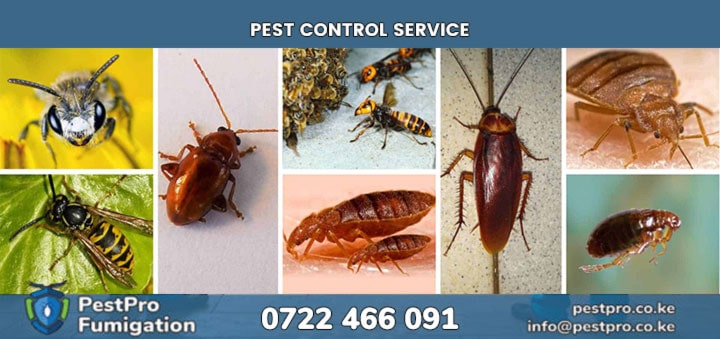Fruit Fly Elimination: Kitchen Pest Control Tips
Fruit flies present persistent problems in Nairobi kitchens, rapidly reproducing in overripe fruits, vegetables, and organic waste materials. These tiny insects can complete their lifecycle in as little as 8 days under optimal conditions, allowing small problems to quickly become major infestations that affect food safety and kitchen sanitation.
Understanding Fruit Fly Biology and Behavior
Adult fruit flies are attracted to fermenting organic matter, particularly overripe fruits and vegetables common in Nairobi markets and households. Females lay eggs directly on food surfaces or in nearby organic debris, with larvae developing in the fermenting material before emerging as new adults ready to continue the reproduction cycle.
These insects possess exceptional ability to locate food sources, detecting fermenting materials from considerable distances using specialized sensory organs. Once established, fruit fly populations can explode rapidly in Kenya's warm climate, with adults living 8-10 days while continuously reproducing throughout their lifespan.
Fruit flies also breed in less obvious locations including drain pipes, garbage disposals, recycling containers, and cleaning equipment where organic residues accumulate. Identifying and eliminating all breeding sources proves essential for successful control in busy Nairobi households where food preparation creates numerous potential development sites.
Sanitation and Source Elimination Methods
Effective fruit fly control begins with rigorous sanitation practices that eliminate breeding materials and egg-laying sites throughout kitchen areas. Store ripe fruits and vegetables in refrigerators when possible, and dispose of overripe produce immediately to prevent female flies from accessing suitable breeding materials.
Clean up spills and food debris immediately, paying particular attention to areas around fruit bowls, vegetable storage, and food preparation surfaces where organic matter can accumulate. Rinse empty containers before placing them in recycling bins, and maintain clean garbage containers with tight-fitting lids to prevent fruit fly access.
Deep clean drains weekly using enzyme-based cleaners that break down organic buildup where fruit flies commonly breed. Pour boiling water down drains followed by baking soda and vinegar to eliminate larvae and eggs that might be developing in organic residues that accumulate in pipes and drain traps.
Trapping and Monitoring Techniques
Apple cider vinegar traps provide highly effective monitoring and control tools for fruit fly management in Nairobi kitchens. Fill shallow bowls with apple cider vinegar and add a drop of dish soap to break surface tension, allowing captured flies to drown rather than escape after being attracted to the fermenting odor.
Wine or beer traps work similarly, using fermentation odors to attract adult flies into containers where they become trapped. Cover containers with plastic wrap secured with rubber bands, then poke small holes that allow flies to enter but make escape difficult.
Commercial fruit fly traps containing pheromone lures provide convenient alternatives to homemade options, offering longer-lasting attractants and easier maintenance. Place traps near suspected breeding areas and replace according to manufacturer instructions to maintain effectiveness throughout treatment periods.
Long-Term Prevention Strategies
Successful fruit fly prevention requires ongoing attention to sanitation and food storage practices that eliminate conditions supporting reproduction. Establish regular cleaning schedules for kitchens, focusing on areas where organic matter might accumulate unnoticed, including behind appliances and in hard-to-reach corners.
Maintain proper food storage systems using sealed containers for dry goods and refrigerated storage for perishables when possible. Compost organic waste in sealed outdoor containers rather than keeping it indoors where fruit flies can access decomposing materials.
Monitor high-risk areas regularly including garbage disposals, recycling containers, and pet food areas where organic materials might support fruit fly development. Quick response to early signs of fruit fly activity prevents small problems from developing into major infestations that require extensive treatment efforts.
More pest Control ServicesPestPro Facebook Page
Medium
